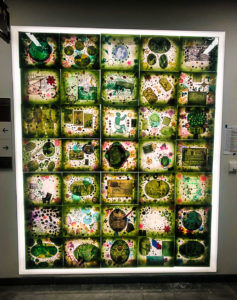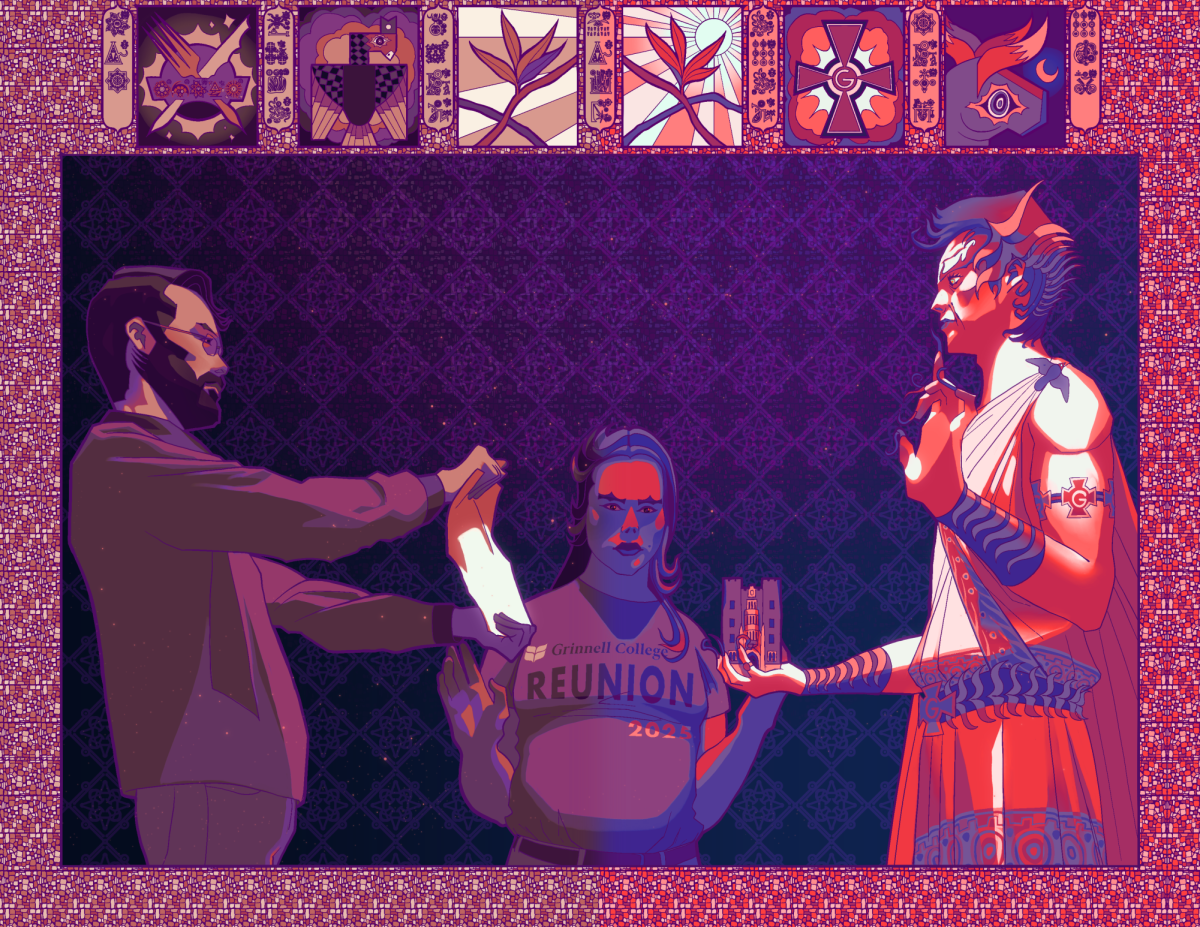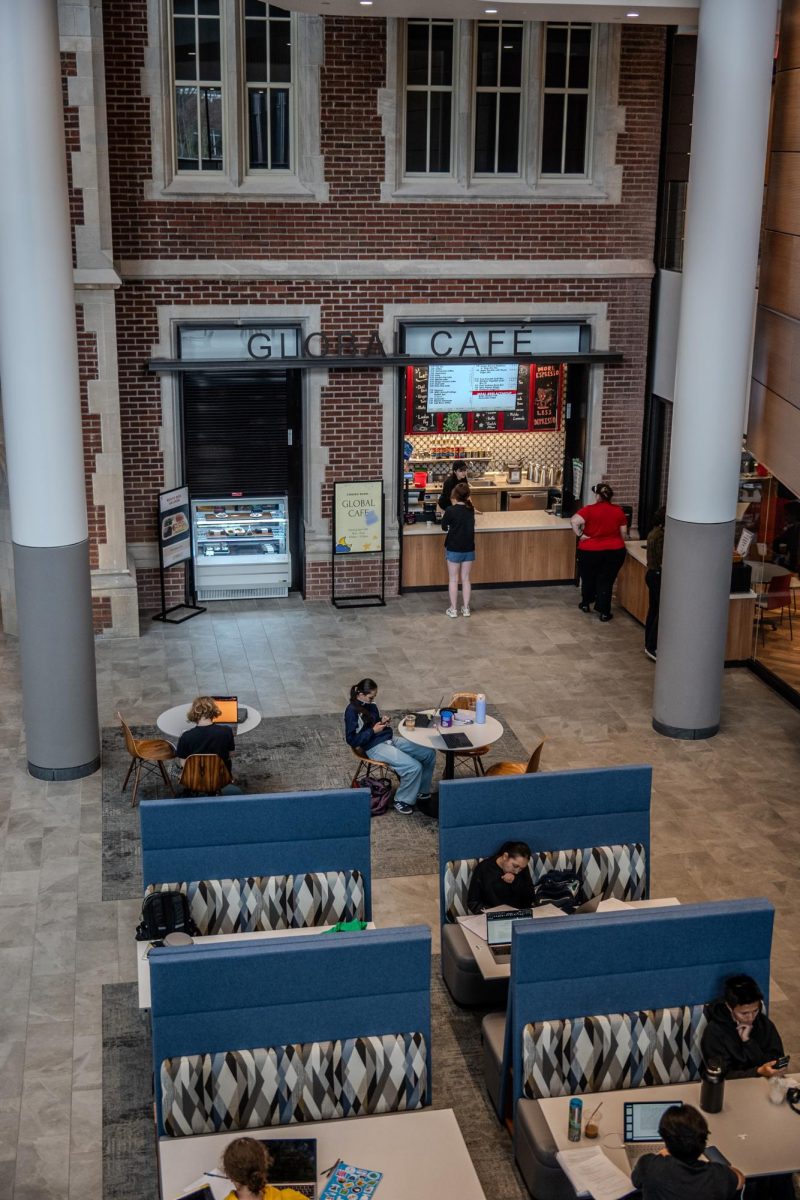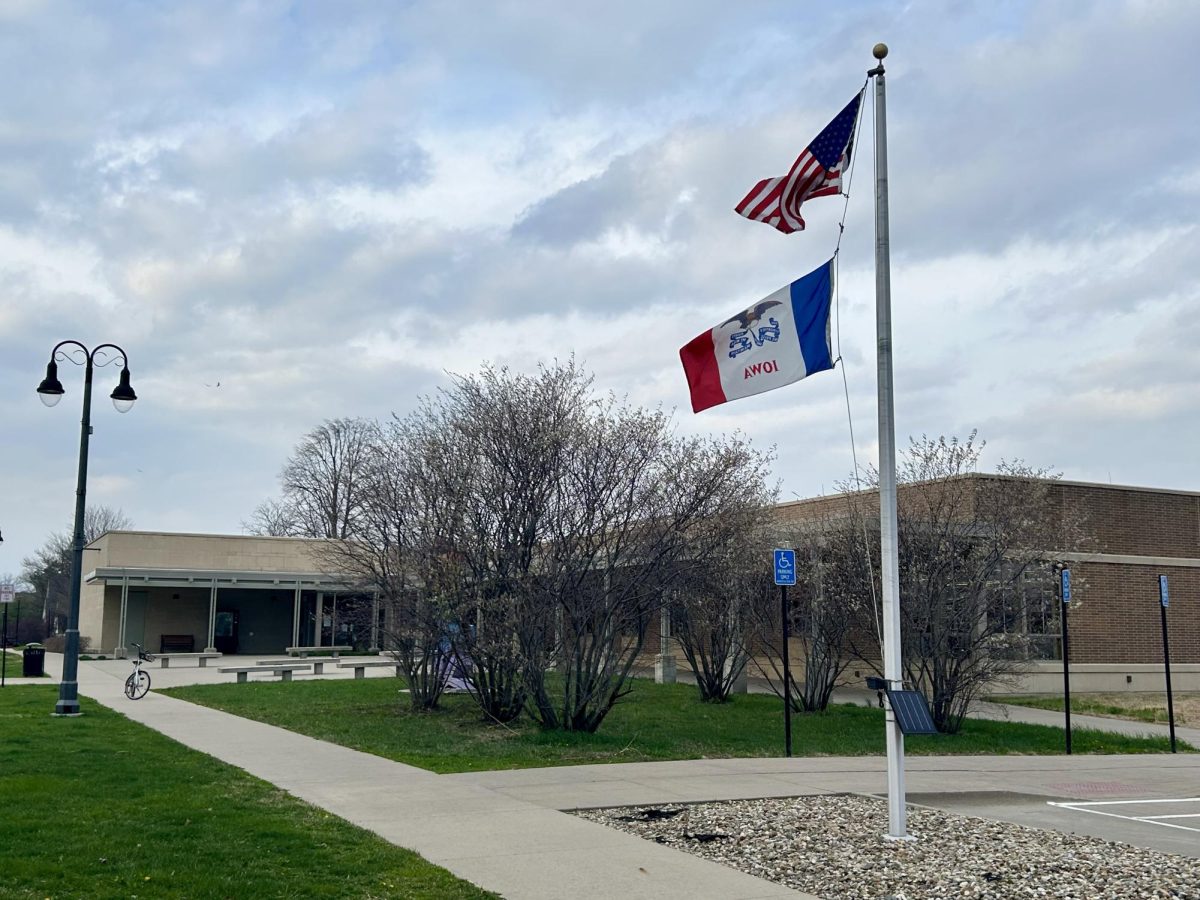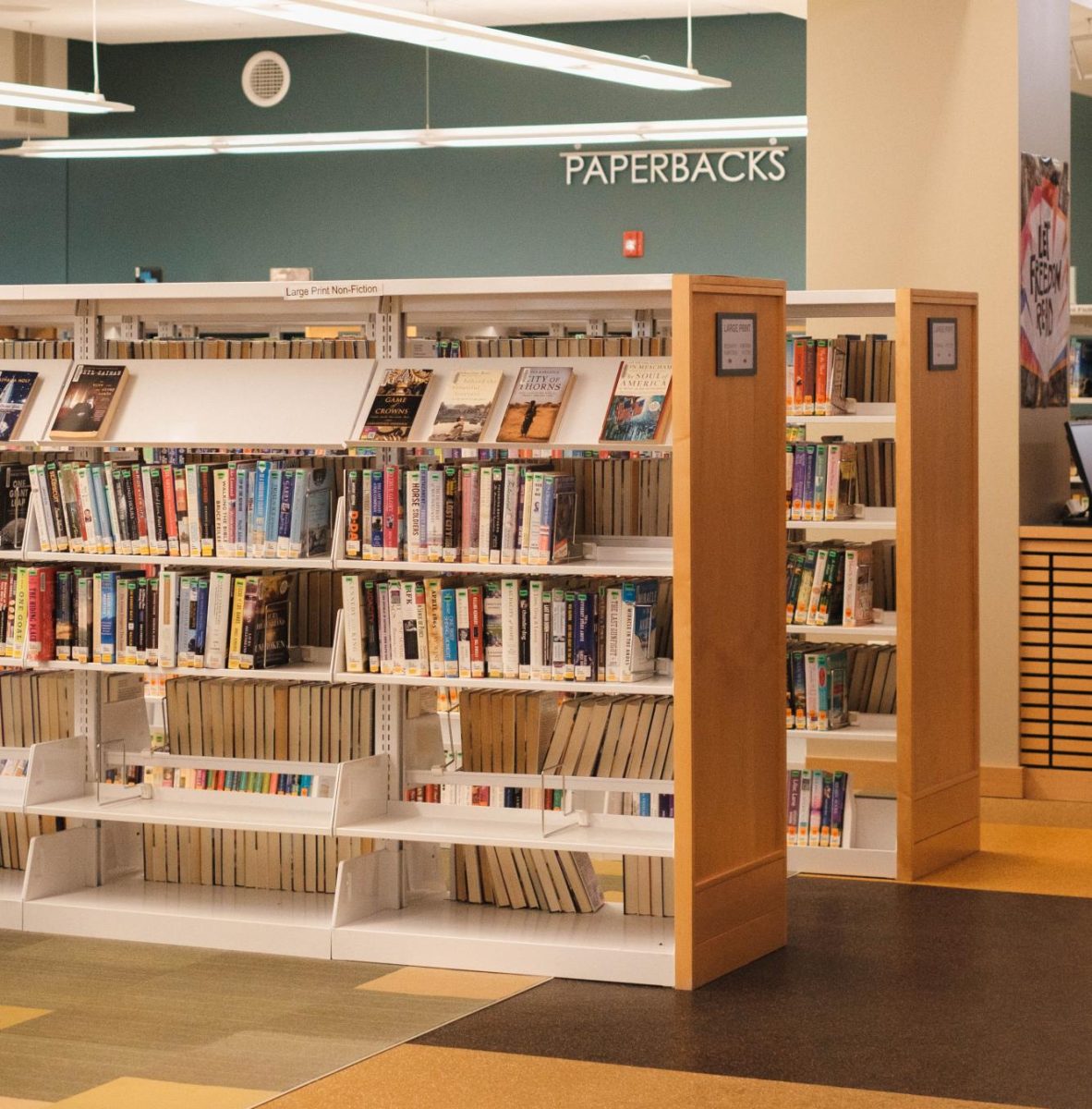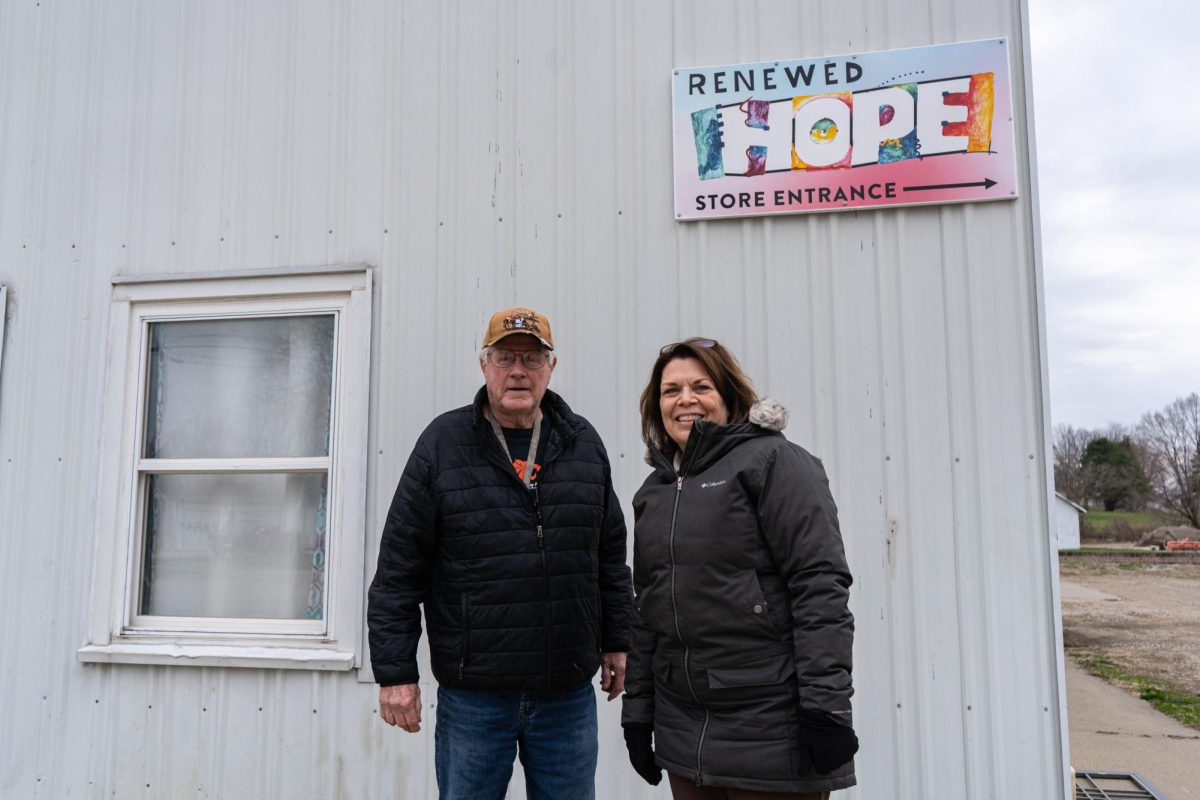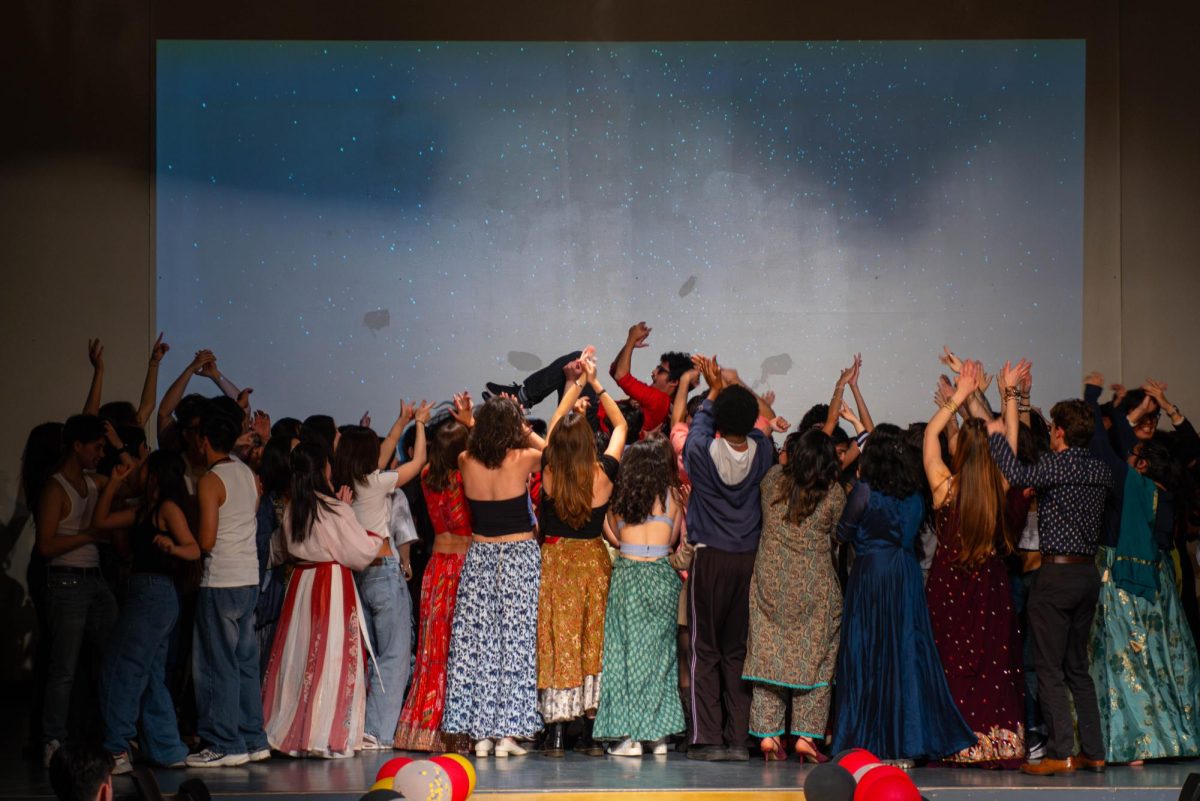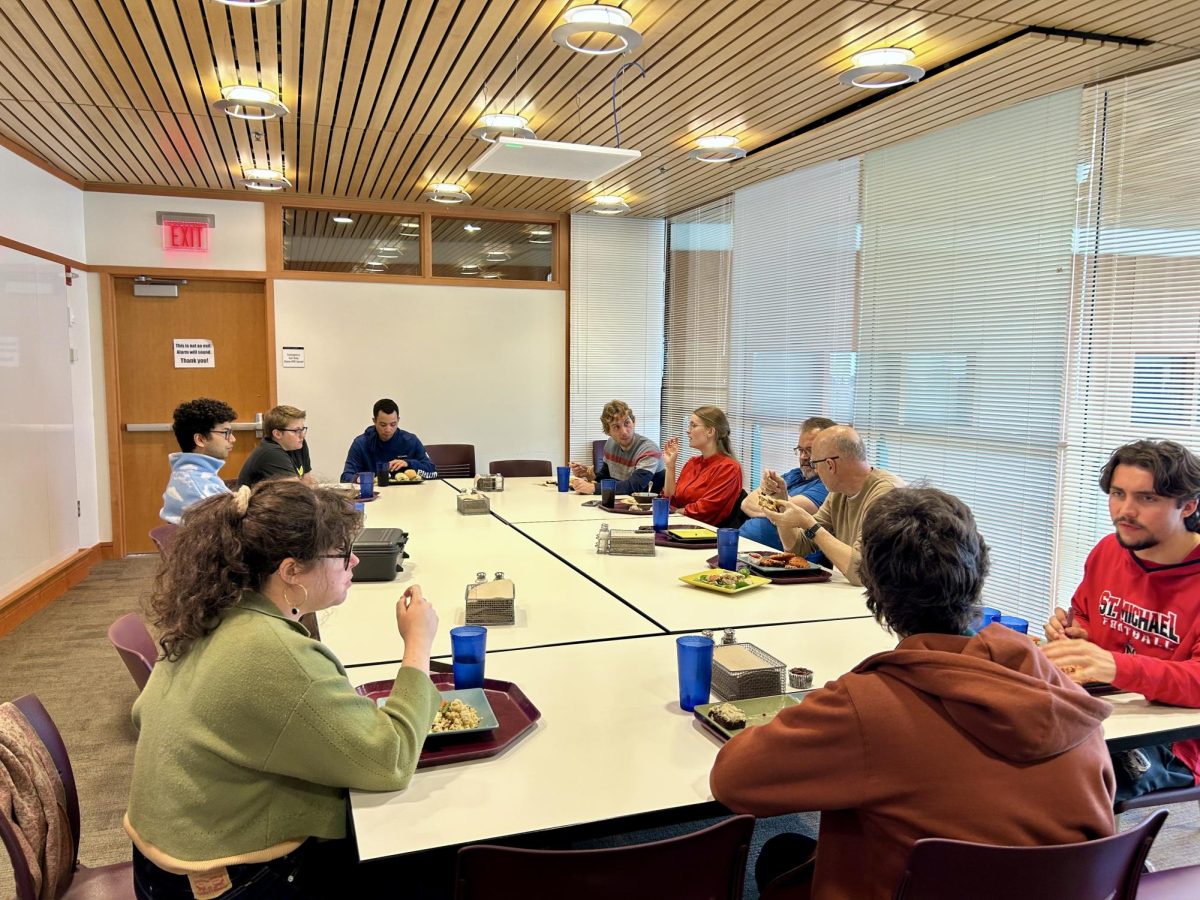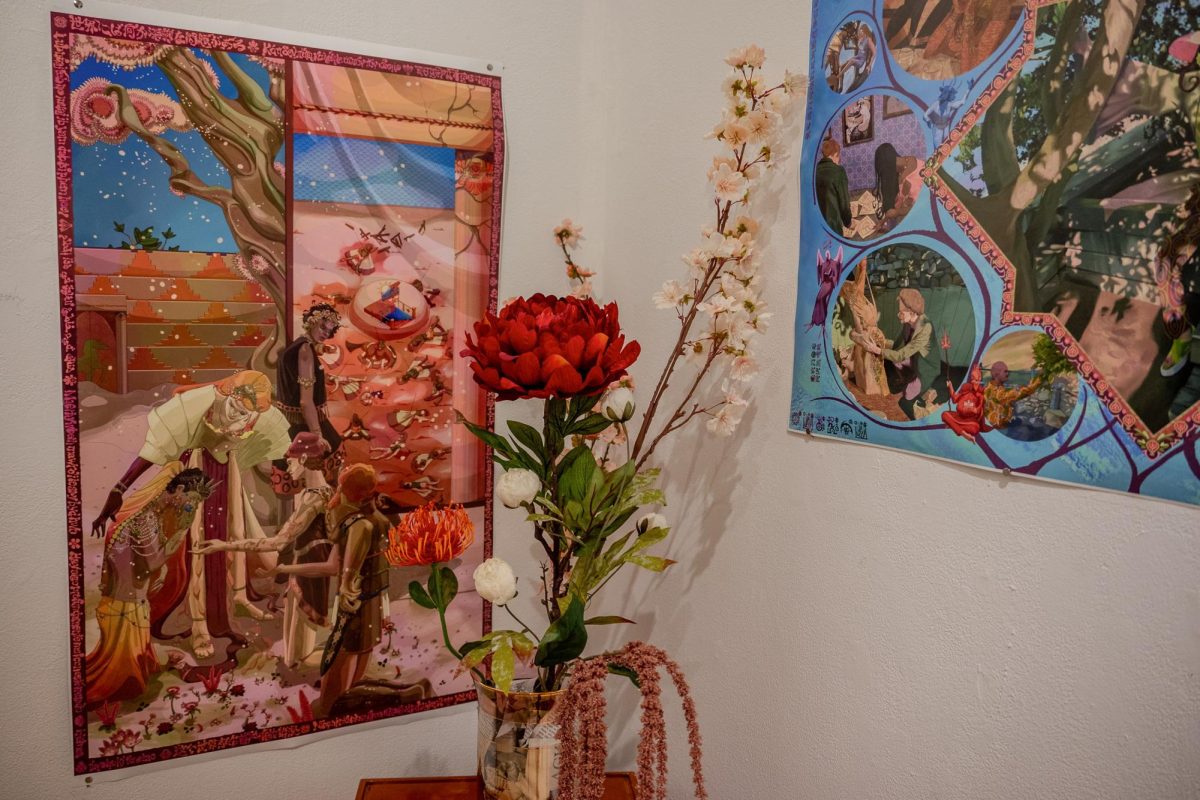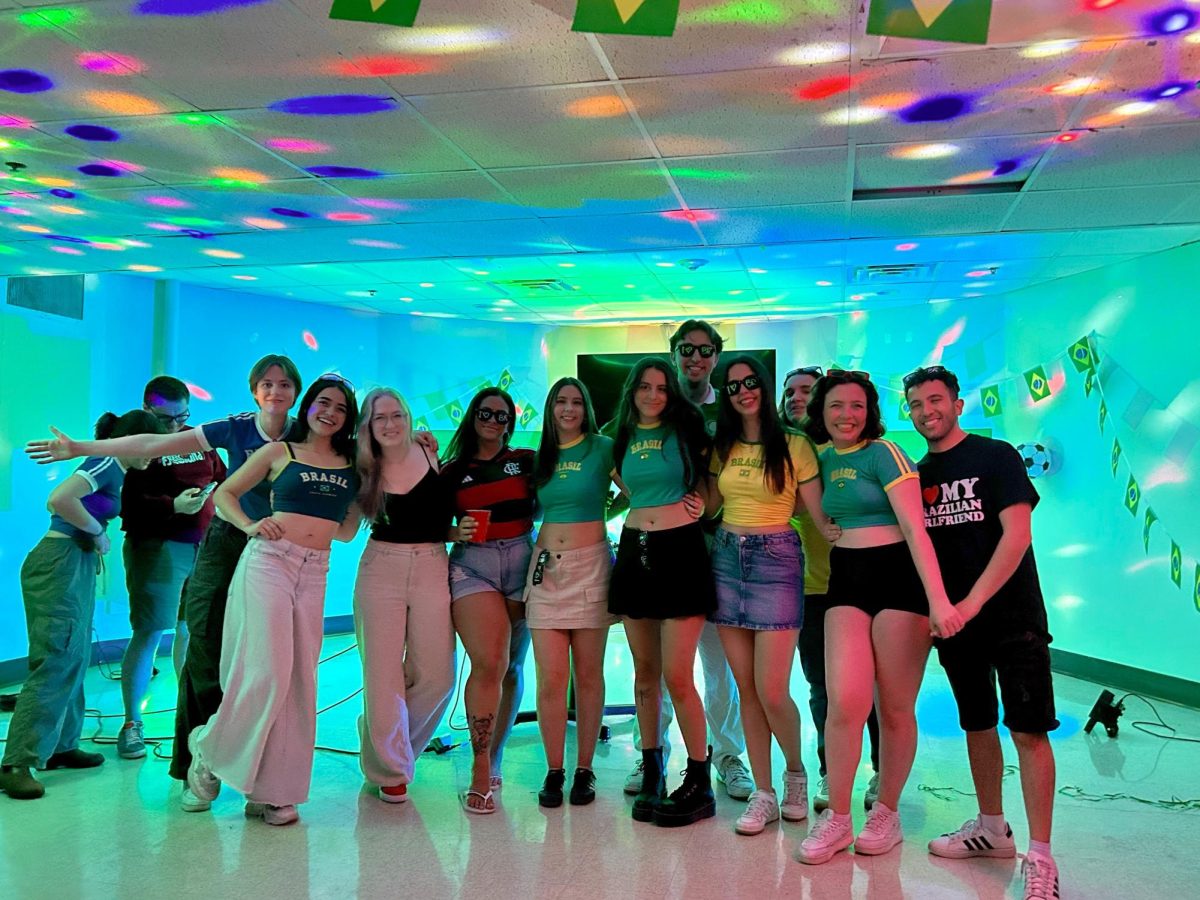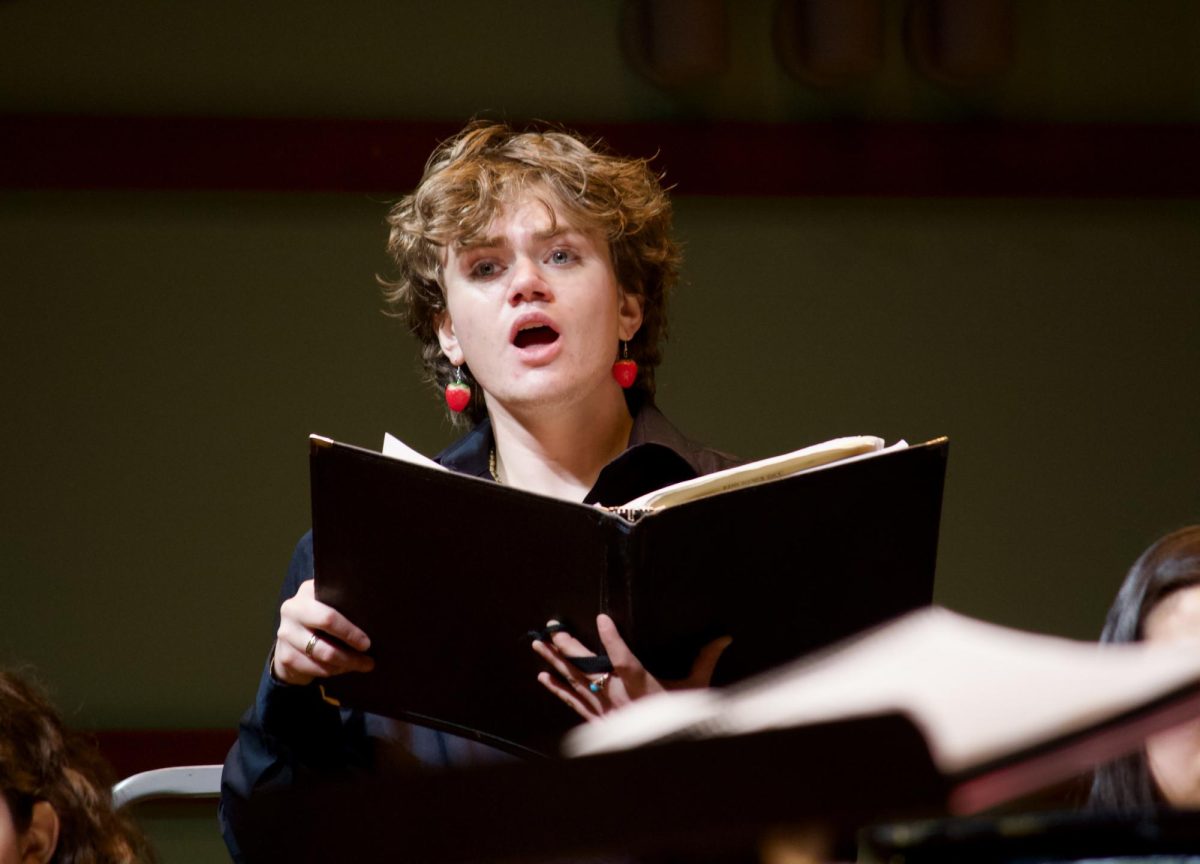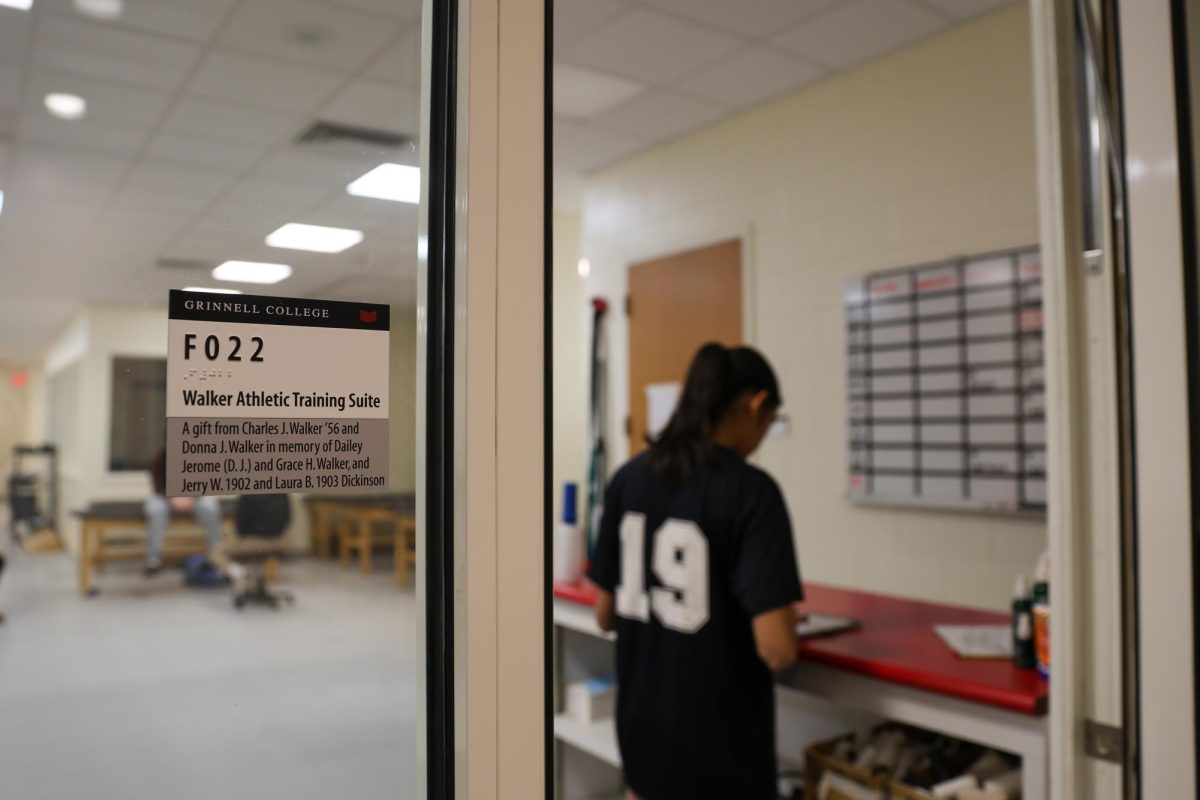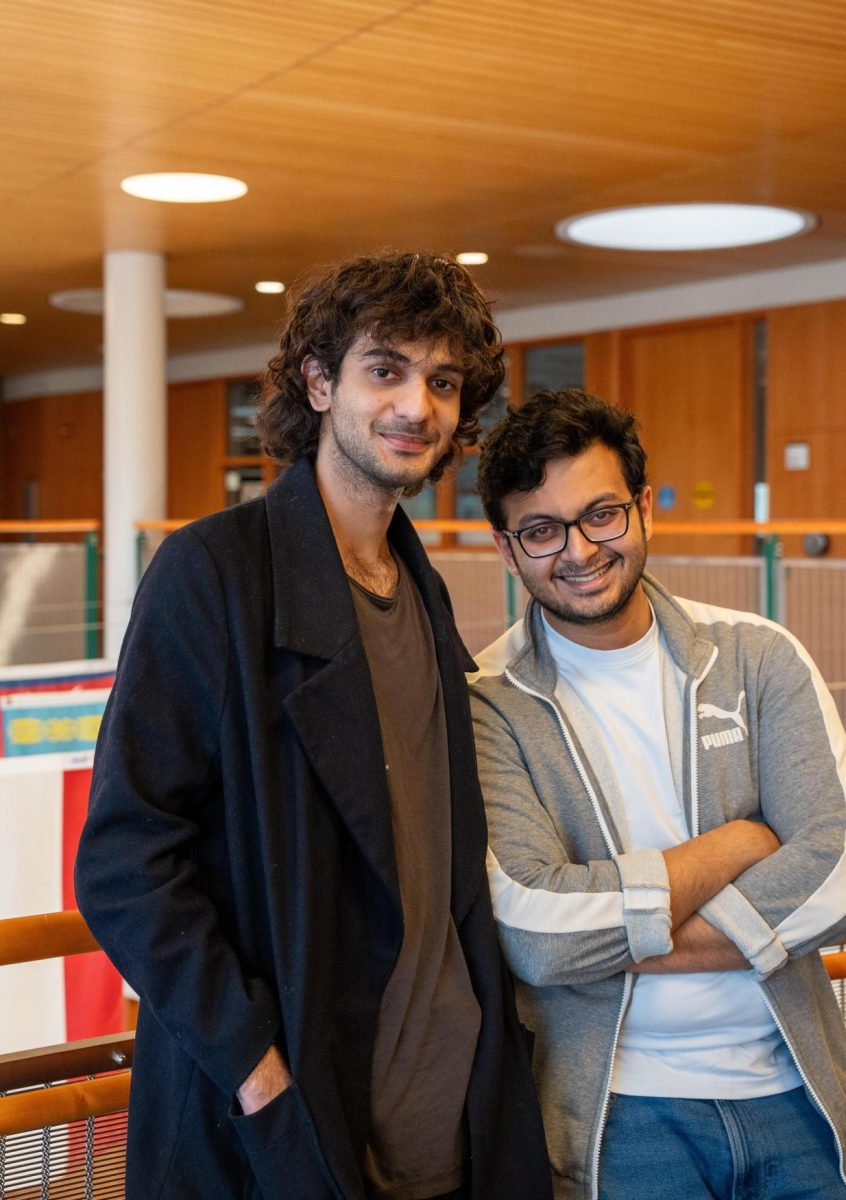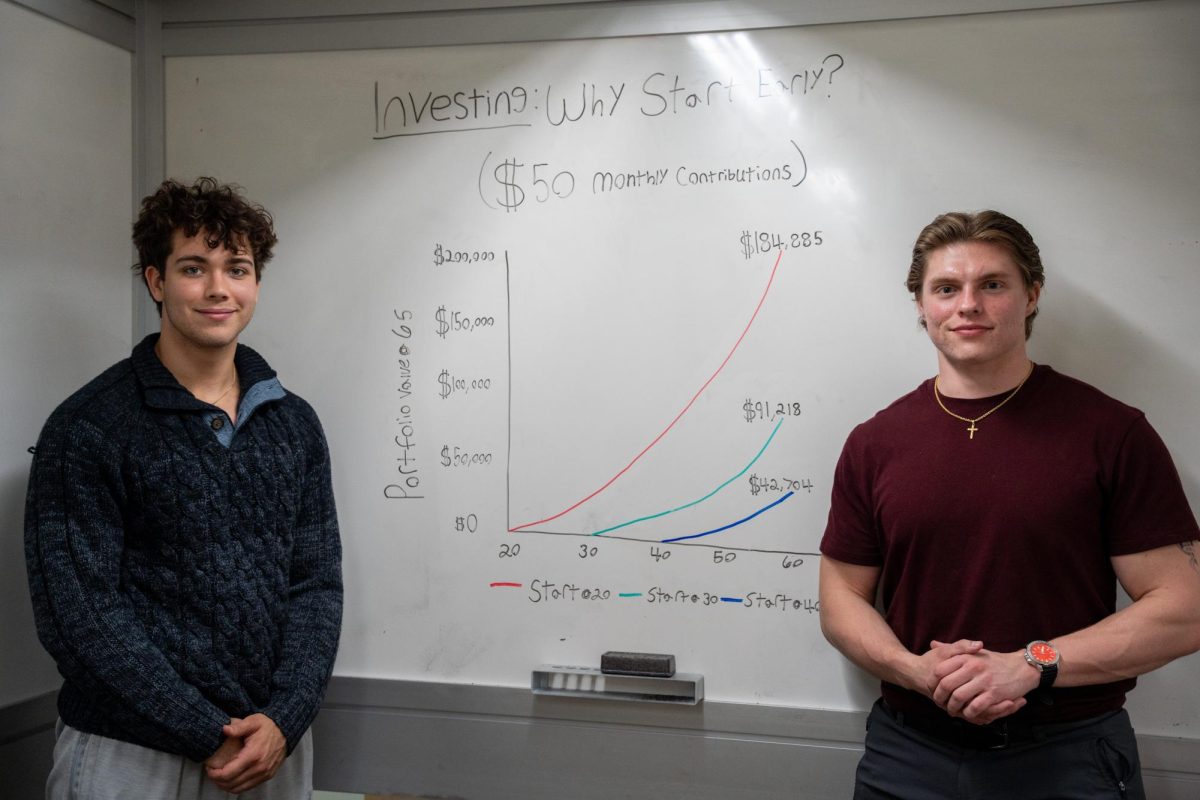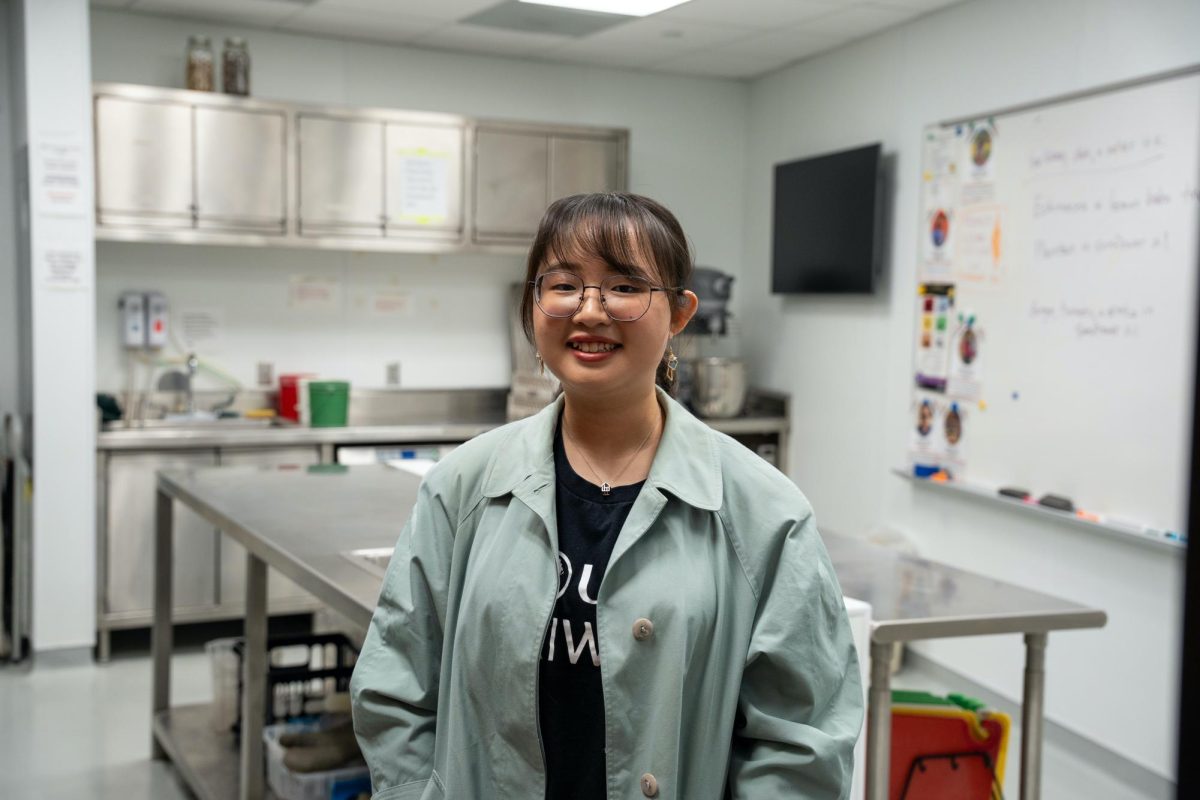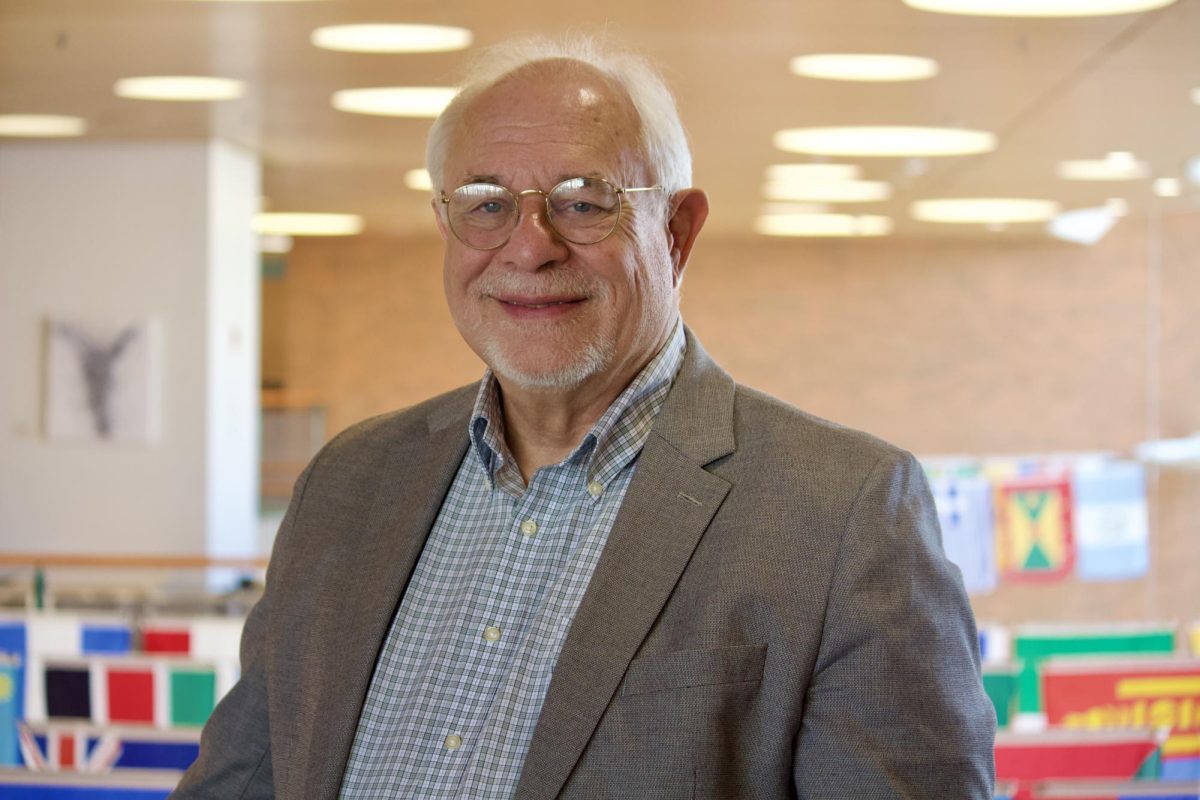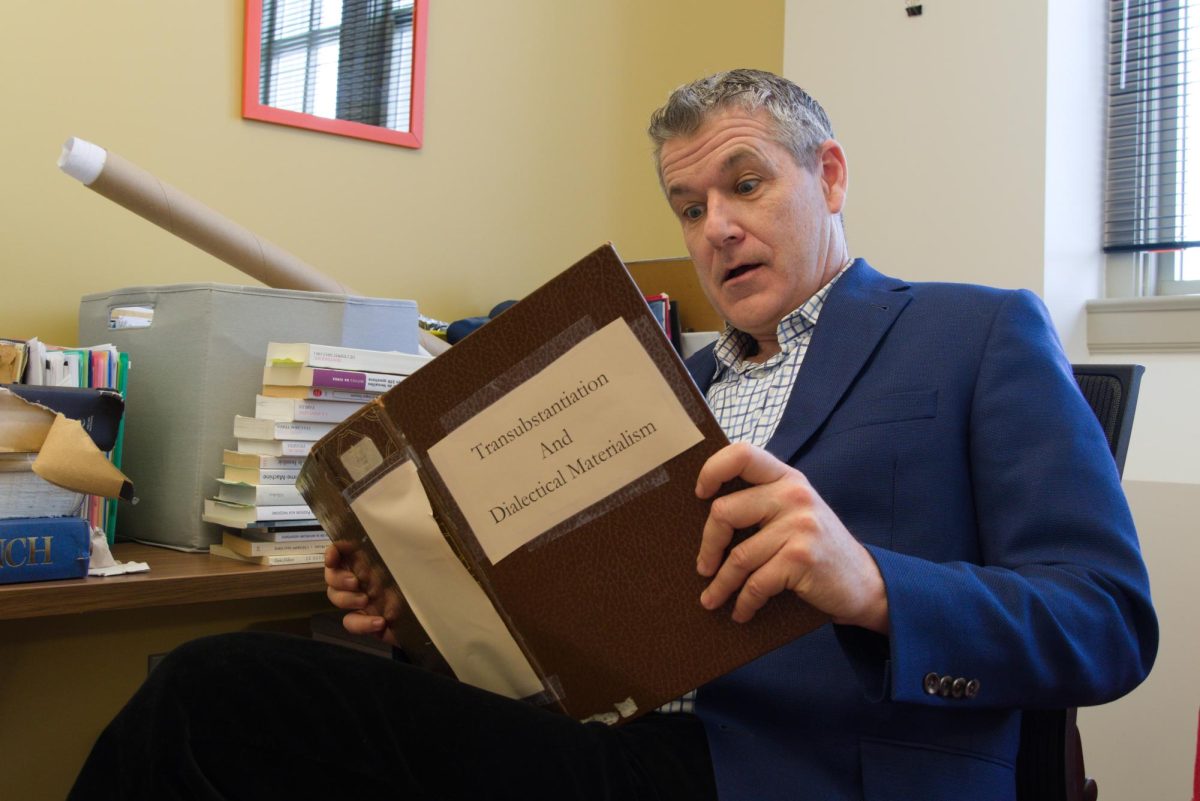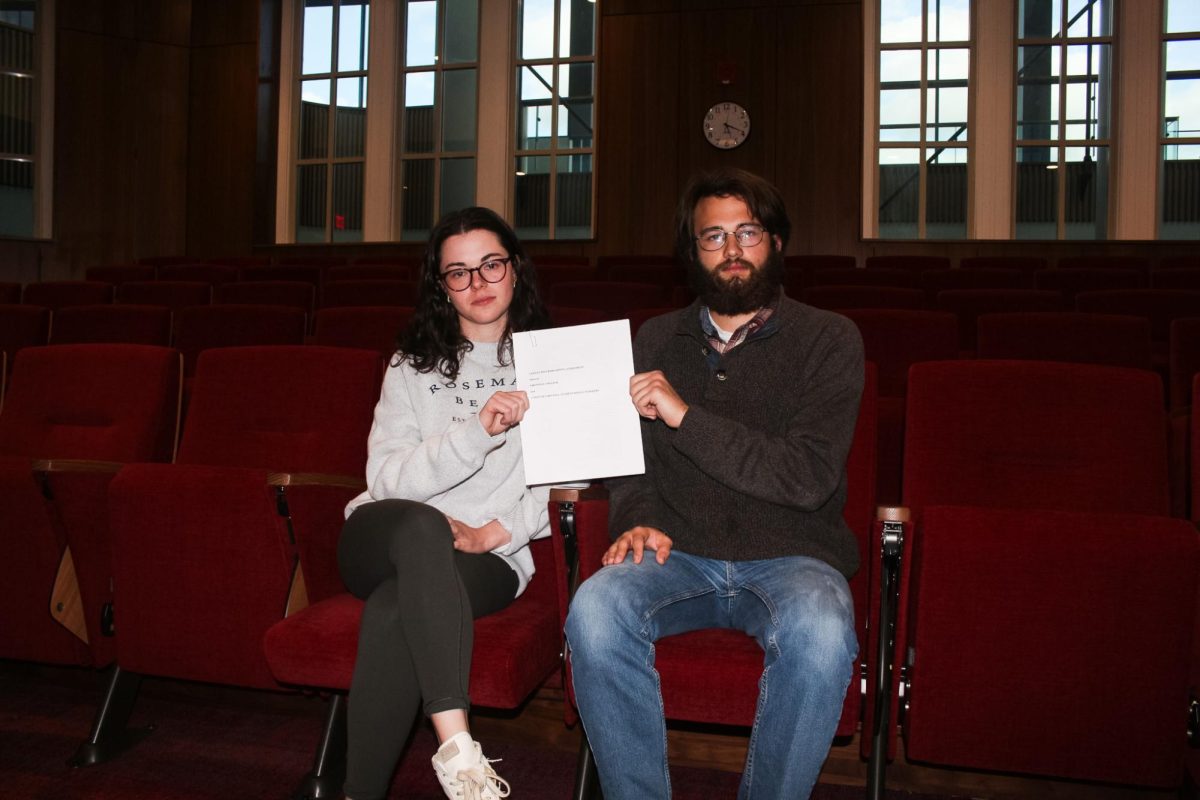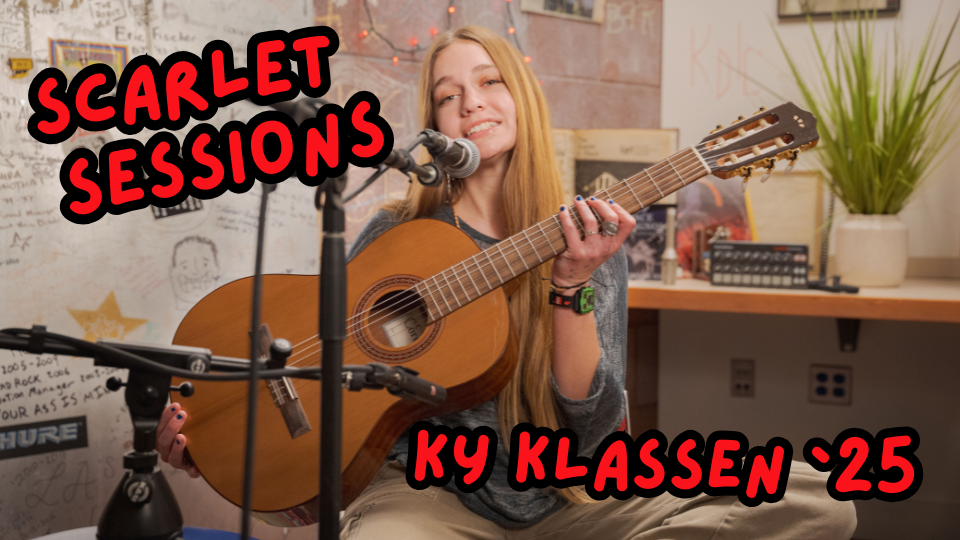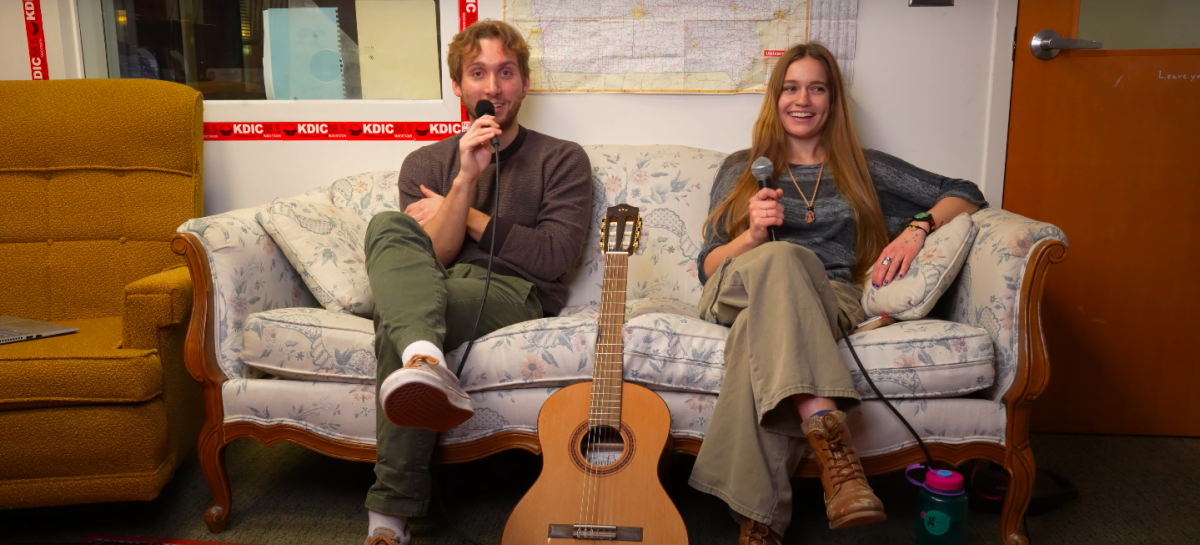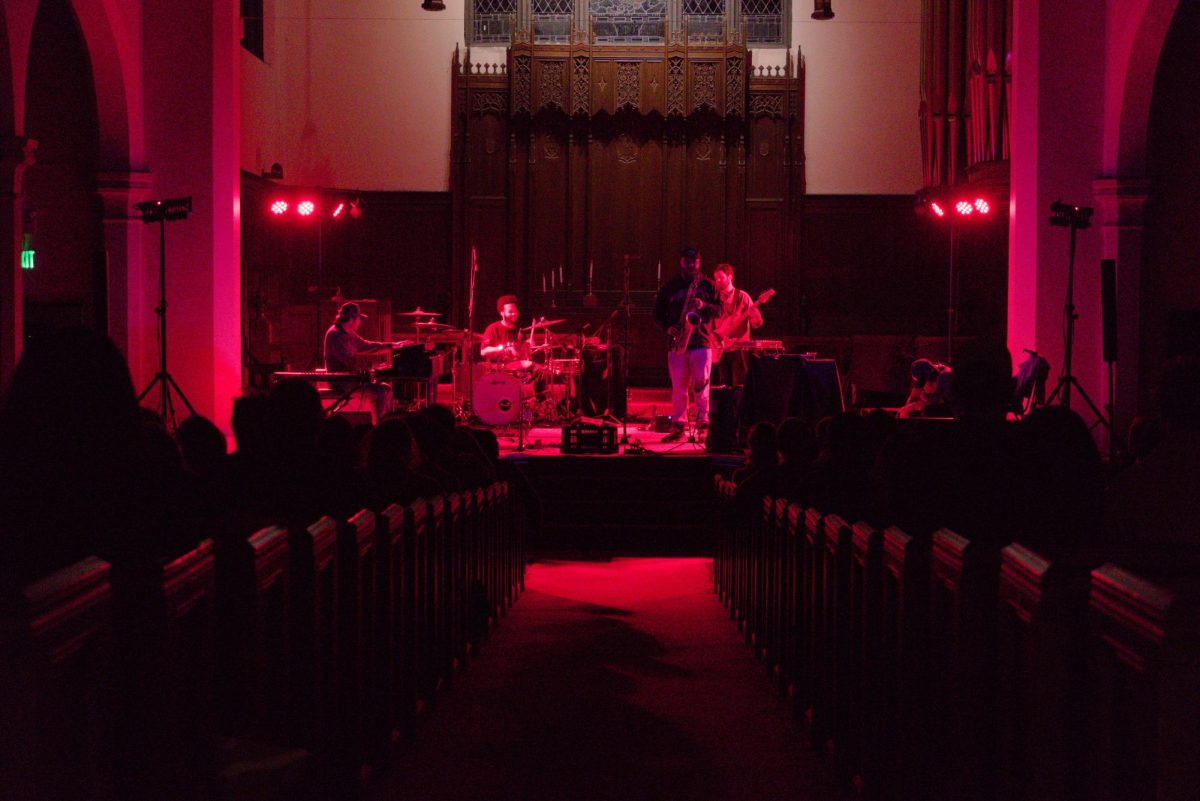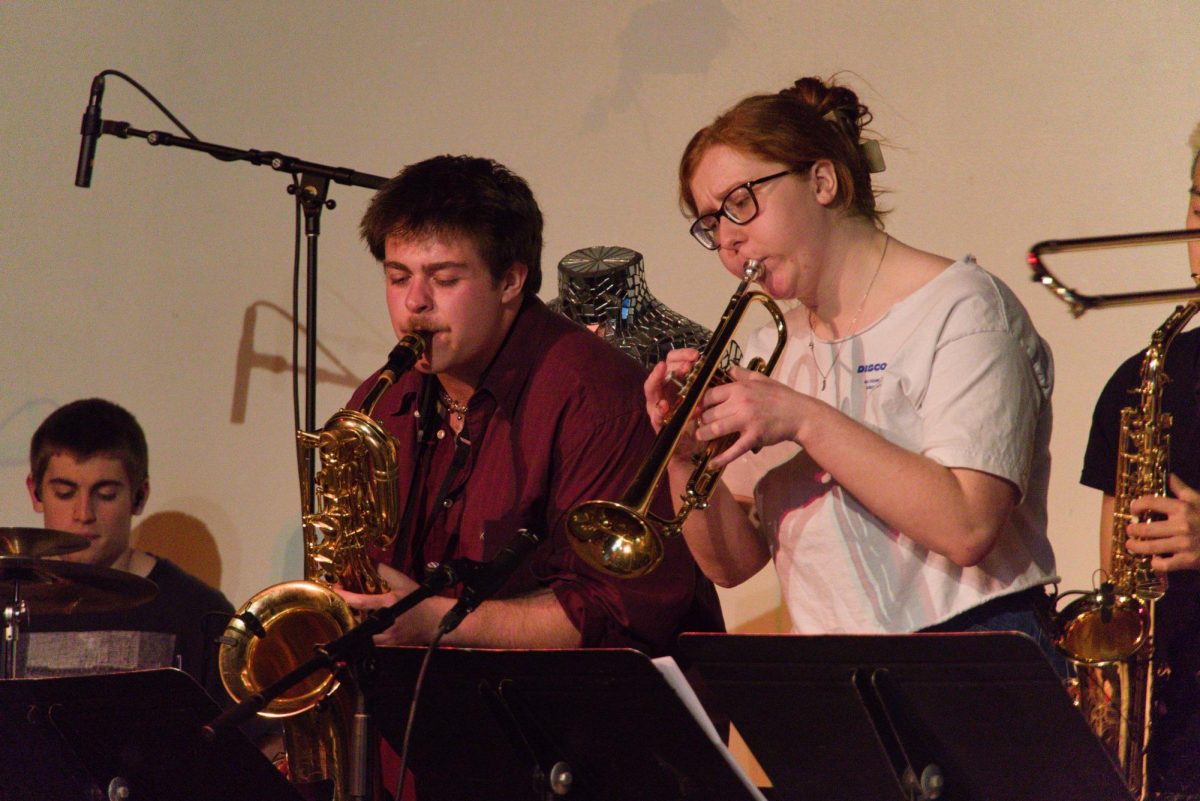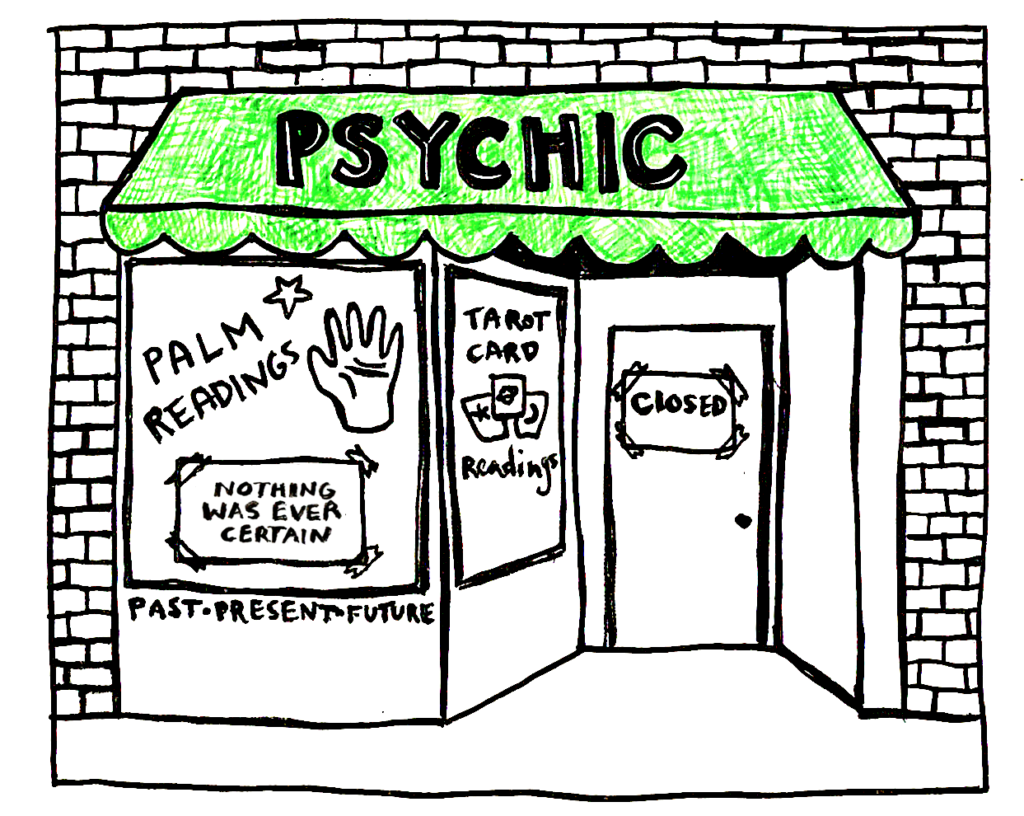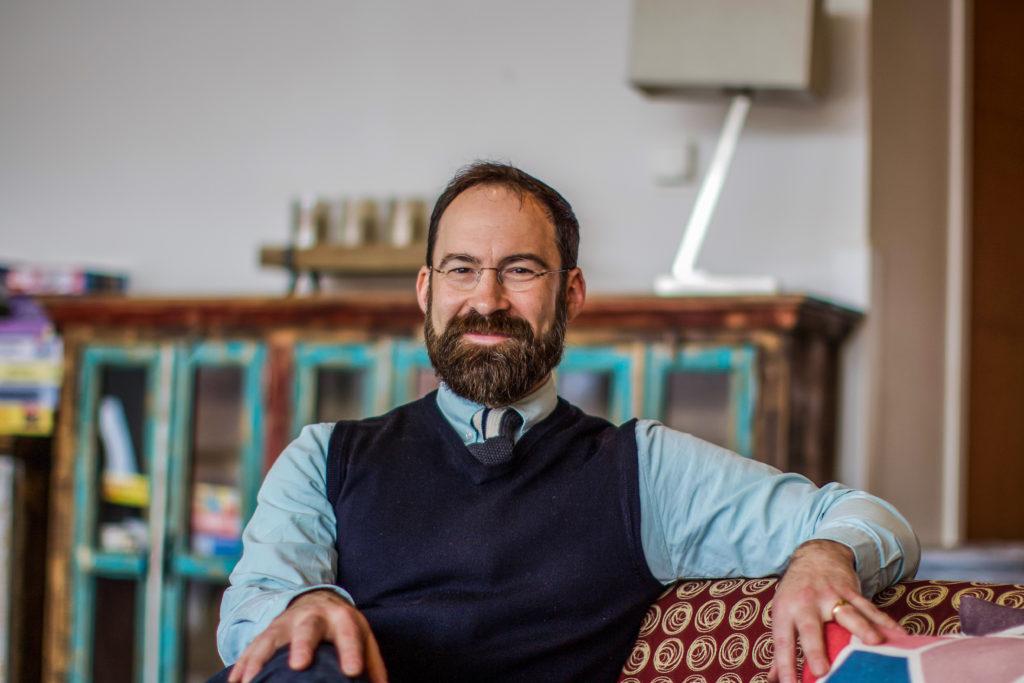Unlike many of the College’s other academic buildings and study spaces, the recently opened Humanities and Social Sciences Complex, or HSSC, remains starkly bare. There is, however, an anomaly among the construction noise and often overwhelming new building smell. Tucked into a wall on the north side of the building, the newly installed “Abolition and Freedom” art piece brings color and history to the building’s empty walls.
“Abolition and Freedom” is the mural-like multimedia art piece conceptualized by Miami-based Haitian artist Edouard Duval-Carrié and created by a team Grinnellians under his direction and guidance.
The installation, consisting of 35 bright green tiles of hardened resin, takes up almost a full wall. Over the almost two year-long project, students, staff and the participants in a short course entitled “Visualizing Freedom and Abolition in the New World — A Mixed Media Installation” all contributed to the work.
Drawing inspiration from many cultures and countries, Duval-Carrié wanted to use the project for which he had been commissioned to tell a story. Specifically, the story of abolition, freedom, discrimination and all of the gray areas that lie in-between these constructs in both the United States and Haiti.
“I’m from the Caribbean,” said Duval-Carrié, “and I wanted to know if plantation history had reached the north and the Midwest, but I had to change that and find a theme that would be interesting for both students and the school. The Midwest sometimes appears to be a nondescript area of the United States. I realized very quickly, though, that it’s not just farmland … So, the students started to research the history of the region, the history of Grinnell.”
Of the connection between the Haitian Revolution of 1791 and Grinnell, contributor and a student leader of the project Amelia Geser ’19 admitted that she was initially confused but discovered that “Grinnell has a really interesting abolitionist history … you can draw connections between events that happened in Grinnell and events that happened in Haiti.”
“Abolition and Freedom” also embodies cultural inclusion, and the need for cultural inclusion, both in the arts at Grinnell College and at the College itself.
“Something that we’ve been hearing a lot from students is that they would like more representations of people of color on campus,” said Director of Faulconer Gallery Lesley Wright. “I think it’s fantastic that the first thing we put into the HSSC is not only about the history of abolition and freedom in both the United States and in Haiti, but also about how intersected those two truly are.”
In an effort to convey 35 separate yet thematically connected stories, Duval-Carrié, Geser and other student leaders and studio assistants worked to create a massive pool of collage material for the participating tutorials. The collage material included room keys, office supplies, buttons, historical and scientific photos.
Geser said, “We would lay the objects on the table, then participants would come and sort through them. Once they had their idea in mind, they would design their composition based on the objects they were drawn to in that pile.”
The collage process also helped students who did not necessarily consider themselves “artists” participate actively. Studio assistant Leina’ala Voss ’19 said that the medium helped contributors “connect their work to the bigger visual theme.”
The materiality of the piece itself also relates to the meaning of the work. Resembling amber in its uncolored form, Duval-Carrié was drawn to resin because it would preserve these stories and artifacts the same way amber preserves nature. Resin is also semi-transparent and, when backlit, the piece has an undeniable life and energy despite its static components.
Wright credits the ingenious lighting and mounting of “Abolition and Freedom” to Grinnell’s Facility Management team and EYP Architects, the architecture company responsible for designing and building the HSSC.
The most immediately arresting aspect of “Abolition and Freedom” is its color. A vivid mix between green and yellow, the piece has a scientific or futuristic quality that appears even from afar. Duval-Carrié credits this color choice to his first impression of the Midwest.
“I went to Grinnell for the first time in the summer,” Duval Carrié said. “It was miles and miles of corn. It had this very peculiar color. It is very green, a yellowish green. So, I decided this was the color of the Midwest. The color of cornfields at their ripest.”
The fluorescent green unifies the composition and grounds the piece in Grinnell, Iowa.
“It’s definitely not the traditional outlook on prairie colors,” said Voss. “But I think it works in a very surreal and beautiful way.”
